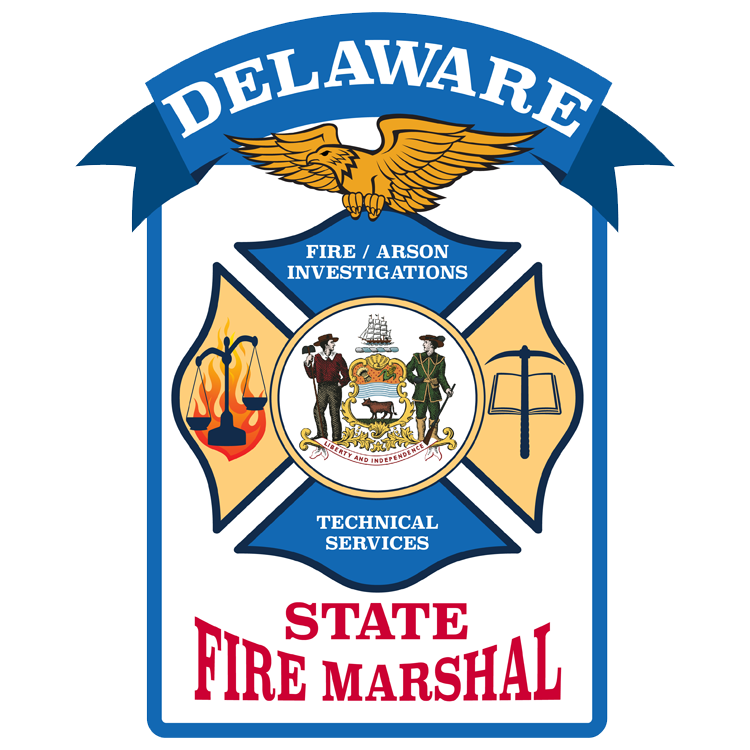There are two types of smoke detector technologies available, ionization smoke detectors and photoetectric smoke detectors. Because there is no way to predict when a fire will start or the type of fire that may occur in your home, it is recommended that both (ionization and photoelectric) technologies be used in homes.
Ionization smoke detectors are generally more responsive to flaming fires.
How they work: Ionization-type smoke detectors have a small amount of radioactive material between two electrically charged plates, which ionizes the air and causes current to flow between the plates. When smoke enters the chamber, it disrupts the flow of ions, thus reducing the flow of current and activating the alarm.
See NFPA’s Chart on Ionization Smoke Detectors
Photoelectric smoke detectors are generally more responsive to fires that begin with a long period of smoldering.
How they work: Photoelectric-type detectors aim a light source into a sensing chamber at an angle away from the sensor. Smoke enters the chamber, reflecting light onto the light sensor; triggering the alarm.
See NFPA’s Chart on Photo Electric Smoke Detectors





